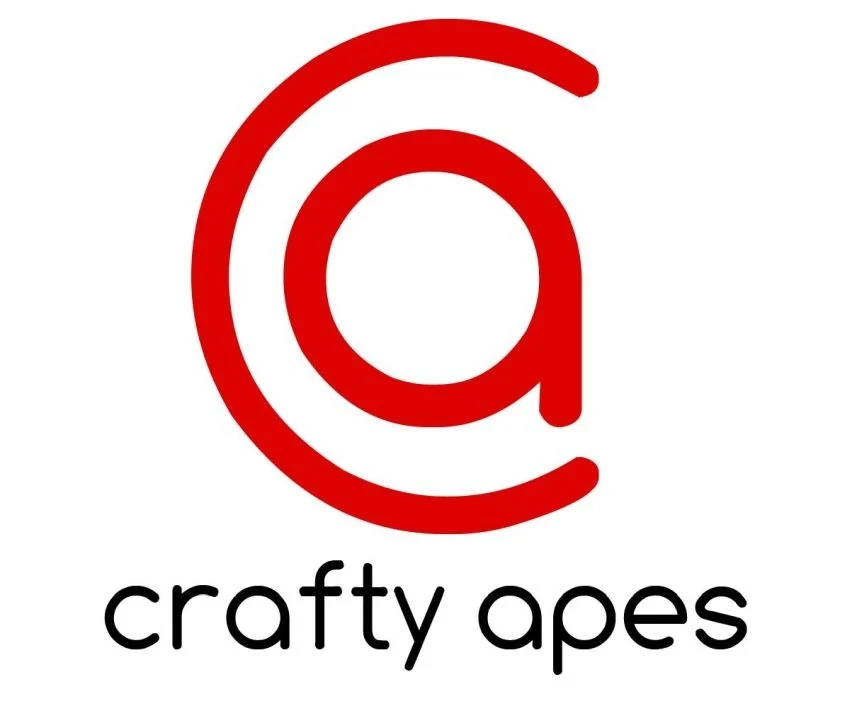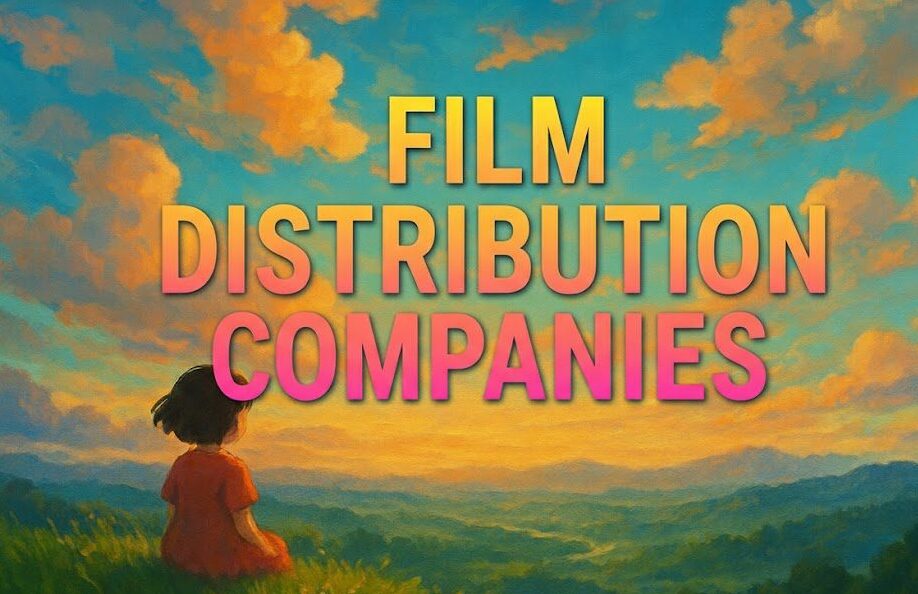Introduction
Ever get that sinking feeling when you hear about a massive new series being filmed in your region, and you only find out after your competitor has already landed the post-production contract?
It’s frustrating. You know you could have done the job, but you were simply out of the loop. If this sounds familiar, you’re not alone. The solution isn’t working harder; it’s working smarter with Global Project Tracking.
In the fast-paced world of media and entertainment, being reactive means you’re already behind. Information is your most valuable asset.
In this post, I’m going to walk you through exactly how to set up a powerful global project tracking system in five simple steps. This isn’t just about data; it’s about turning that data into your next big business opportunity.
Table of content
- Introduction
- Key-Takeaways
- Why Global Project Tracking is Non-Negotiable
- Step 1: Define Your Tracking Goals (Before You Do Anything Else)
- Step 2: Ditch Manual Methods for a Centralized Platform
- Step 3: Monitor the Full Project Lifecycle
- Step 4: Analyze Competitor and Partner Ecosystems
- Step 5: Convert Project Intelligence into Actionable Leads
- How Vitrina Puts You in Control
- Conclusion
- FAQs
Key Takeaways
| Strategy | Why It Matters | Actionable Tip |
|---|---|---|
| Define Your Goals | Avoid information overload. Focus only on the projects and companies relevant to your business. | Filter opportunities by genre, budget, and production stage to find the best-fit leads. |
| Use a Centralized Platform | Manual tracking across trade sites is inefficient and leads to missed opportunities. | Adopt a specialized tool to get consolidated, real-time data in one place. |
| Monitor All Production Stages | Opportunities exist from development to delivery. Tracking only one stage limits your potential. | Identify projects in pre-production to engage early and offer services throughout the lifecycle. |
| Analyze Competitor-Partner Networks | Knowing who works with whom reveals your competitors’ strategies and potential entry points for you. | Map out the supply chains of top production houses to identify your next potential client. |
| Turn Insights into Leads | Data is useless without action. Proactively use insights to connect with decision-makers. | Use project data to craft a highly relevant pitch that addresses a project’s specific needs. |
Stop Guessing What Your Competitors Are Doing.

Why Global Project Tracking is Non-Negotiable
Let’s be direct. The entertainment industry no longer moves at the speed of weekly trade papers. It moves at the speed of data. With streamers and studios greenlighting projects across continents, your next big client could be anywhere.
Effective global project tracking gives you a crucial competitive edge. It’s not just about seeing a list of upcoming films. It’s about understanding the entire landscape:
- Market Shifts: See which regions are becoming production hotspots and which genres are getting the most investment.
- Competitor Strategy: Know which VFX house your rival studio is using for their tentpole release or which dubbing studio is handling a new international series.
- New Opportunities: Discover newly greenlit projects before they are widely publicized, giving you a head start to pitch your services.
Without this visibility, you’re essentially flying blind while your competitors are using a GPS.
Step 1: Define Your Tracking Goals (Before You Do Anything Else)
The biggest mistake I see people make is trying to track everything. It leads to a flood of useless information. The first step is to get laser-focused. What do you actually need to know?
Ask yourself:
- What is my ideal project? Think about genre (e.g., Sci-Fi, Animation, Documentary), budget range, and format (Feature Film, TV Series, Ad).
- Which companies are my priority targets? Are you targeting major studios, specific streaming platforms, or independent production houses?
- What geographic regions are most relevant? Do you serve clients globally, or do you focus on specific markets like North America, Europe, or APAC?
Once you have these answers, you can filter out the noise and concentrate on intelligence that can actually lead to revenue.
Step 2: Ditch Manual Methods for a Centralized Platform
Are you still relying on a dozen newsletters, Google Alerts, and daily checks of trade sites?
That process is broken. It’s time-consuming, and you’ll always be a step behind those with better tools.
A centralized project tracking platform is no longer a luxury; it’s a necessity. Think about the ROI. How much is one missed multi-million dollar project worth? Probably a lot more than the cost of a tool that prevents it from happening.
These platforms consolidate data from thousands of sources, giving you a real-time, searchable database of projects. Instead of hunting for information, the opportunities come to you. This is where tools like Vitrina’s Project Tracker become indispensable, providing a single source of truth for global productions.
Turn Global Entertainment Trends into Deals.

Step 3: Monitor the Full Project Lifecycle
Many businesses only track projects when they hear a production is “crewing up.” That’s too late. The most strategic vendors and partners get involved much earlier. You need to monitor projects across their entire lifecycle to maximize your chances.
Pre-Production & Development
This is your golden window. When a project is in development or pre-production, key decisions about partners and vendors are being made. Tracking projects at this stage allows you to build relationships and position your company as the go-to solution before your competitors even know the project exists.
Production
During production, needs can change fast. A production might suddenly require a specific piece of equipment, a last-minute location service, or specialized on-set support. By tracking projects in this phase, you can swoop in and solve urgent problems, making you a hero.
Post-Production & Delivery
This is where the race to the finish line happens. From VFX and sound design to localization and marketing, the opportunities are huge. Knowing a project’s wrap date and post-production schedule helps you time your pitch perfectly.
Step 4: Analyze Competitor and Partner Ecosystems
Great project tracking isn’t just about the projects themselves. It’s about the network of companies around them. Who is working with whom?
When you see that a major studio consistently uses a particular post-production house, that’s a key insight. But more importantly, when you see they’ve switched vendors for a new project, that signals an opportunity. Why did they switch? Is there an opening for a new partner?
Use your tracking data to map out these supply chains. Look for patterns and, more importantly, breaks in those patterns. That’s where you’ll find your entry point.
Step 5: Convert Project Intelligence into Actionable Leads
You’ve got the data. Now what? Information without action is just trivia. The final, most critical step is to turn your insights into concrete business development activities.
Here’s a simple workflow:
- Identify a high-potential project from your tracking platform.
- Research the key decision-makers listed on the project (e.g., Producer, Production Manager, Post Supervisor).
- Craft a personalized outreach email. Don’t just say, “We offer VFX services.” Say, “I saw your new sci-fi series, ‘Project X,’ just entered post-production. Our team has award-winning experience with the exact kind of creature work this genre requires.”
- Track your outreach and follow up systematically.
This targeted approach is infinitely more effective than cold calling and positions you as a strategic partner, not just another vendor.
How Vitrina Puts You in Control
Manually gathering this intelligence is nearly impossible, which is why we built Vitrina.
Our platform is designed for this exact challenge. Vitrina’s Project Tracker provides a real-time, comprehensive view of thousands of film and TV projects globally, from development through delivery.
We empower you to filter by stage, genre, country, and budget, so you only see what’s relevant to you. We provide contact information for key personnel and map out the entire supply chain, so you can stop searching for data and start making deals.
Conclusion
Mastering Global Project Tracking is no longer optional—it’s essential for survival and growth in the modern entertainment industry. It’s about shifting from a reactive to a proactive mindset.
By defining your goals, leveraging a centralized platform, monitoring the entire project lifecycle, analyzing the competitive landscape, and turning those insights into action, you can consistently stay ahead of the curve. You’ll uncover opportunities your competitors miss and build a predictable pipeline of new business.
What’s the first strategy you’re going to try? Let me know in the comments.
Ready to stop missing out on your next big project? Get a complete view of the global entertainment supply chain and discover thousands of opportunities in one place. Sign up for your Vitrina membership today and start tracking the projects that matter to your business.
Frequently Asked Questions
Leading platforms like Vitrina update their data continuously. Our team of global researchers verifies information from thousands of sources daily to ensure you’re getting the most current intelligence on project status, company involvement, and key contacts.
Yes. A robust global project tracking system allows you to filter projects by the commissioning company or broadcaster. This lets you monitor the content pipeline of major streamers and studios to align your business development efforts with their production slates.
Not at all. While large studios use it for competitive intelligence, small and mid-sized businesses (SMBs) and even freelancers gain a massive advantage. It levels the playing field, allowing smaller players to find and win business they would have otherwise never known about.
It’s a powerful tool for strategy. By analyzing long-term trends—like which countries are offering the best tax incentives or what type of content is getting greenlit—you can make smarter decisions about market expansion, service development, and strategic partnerships.






































